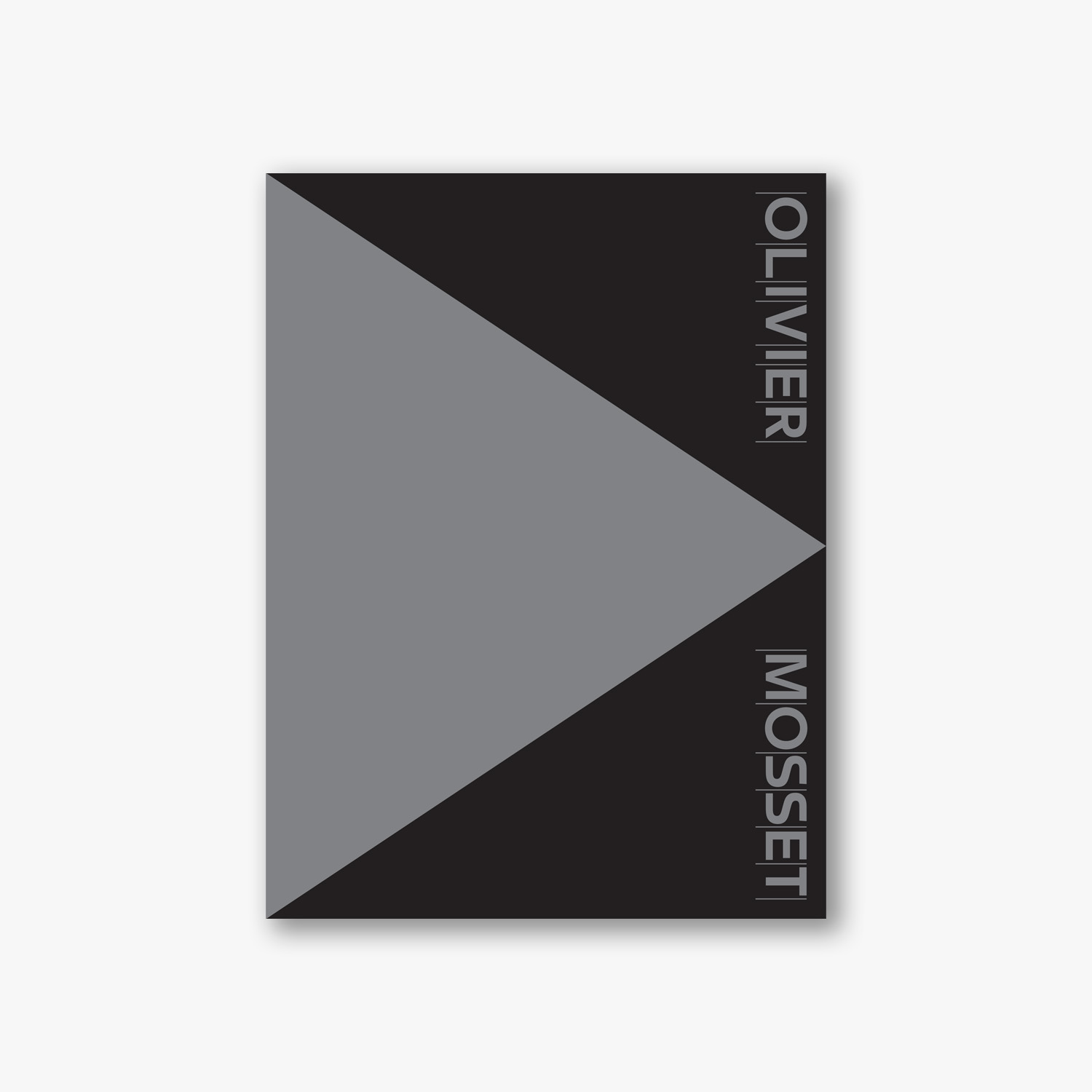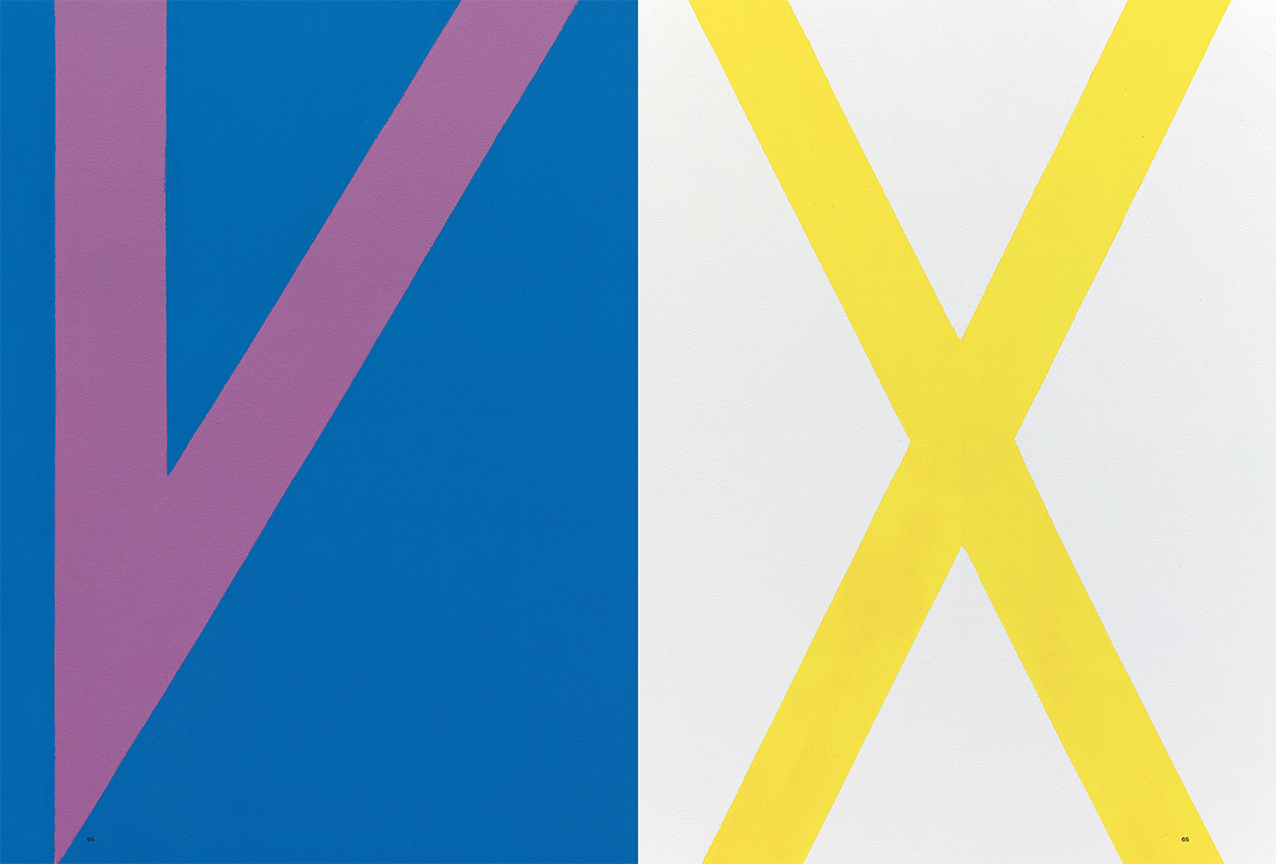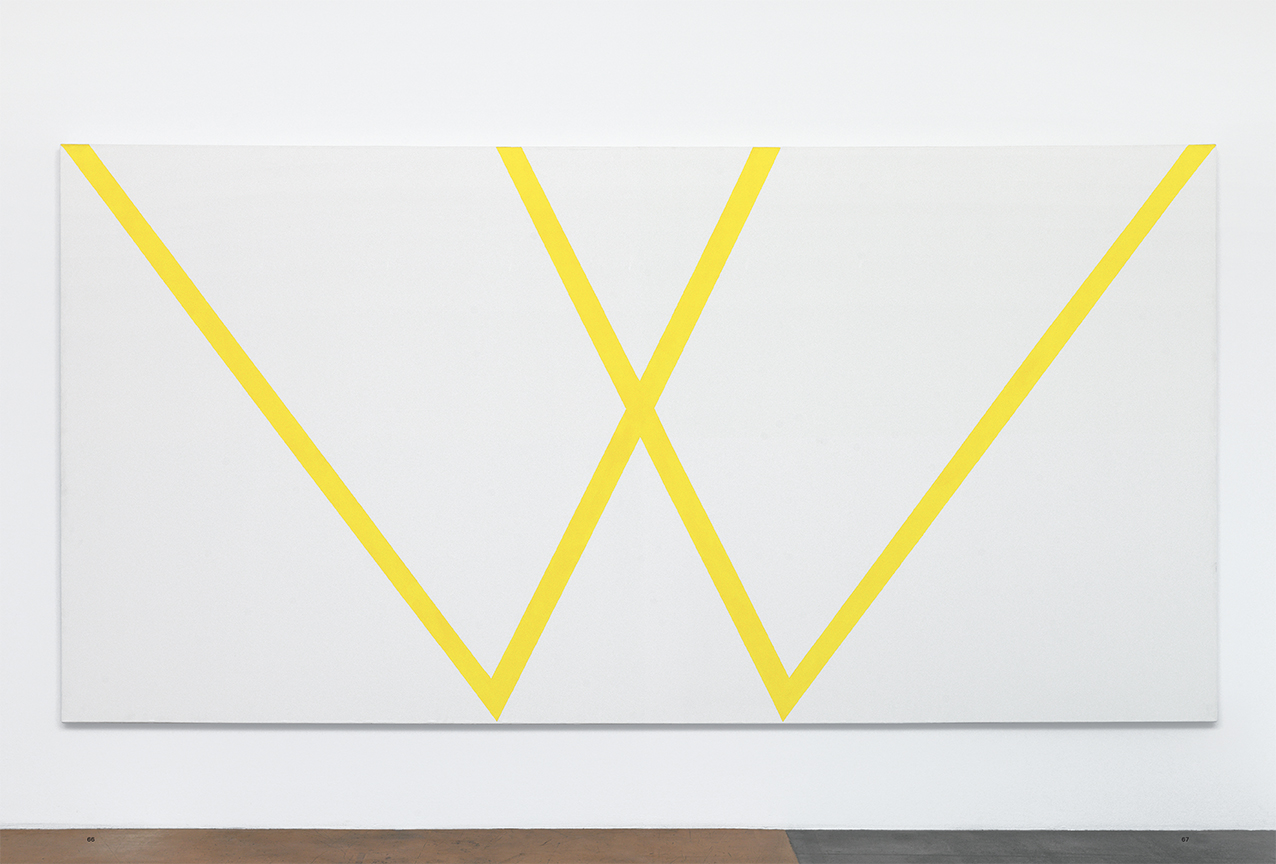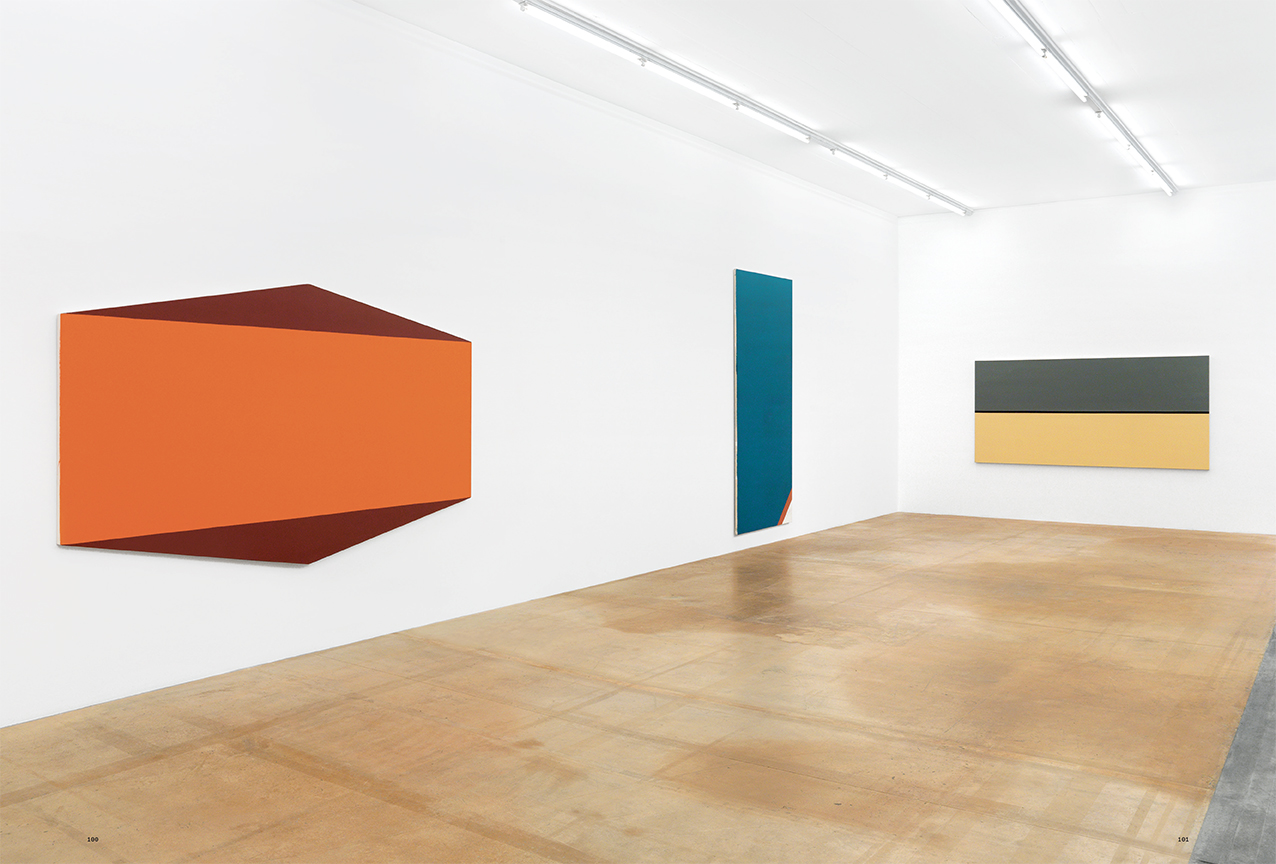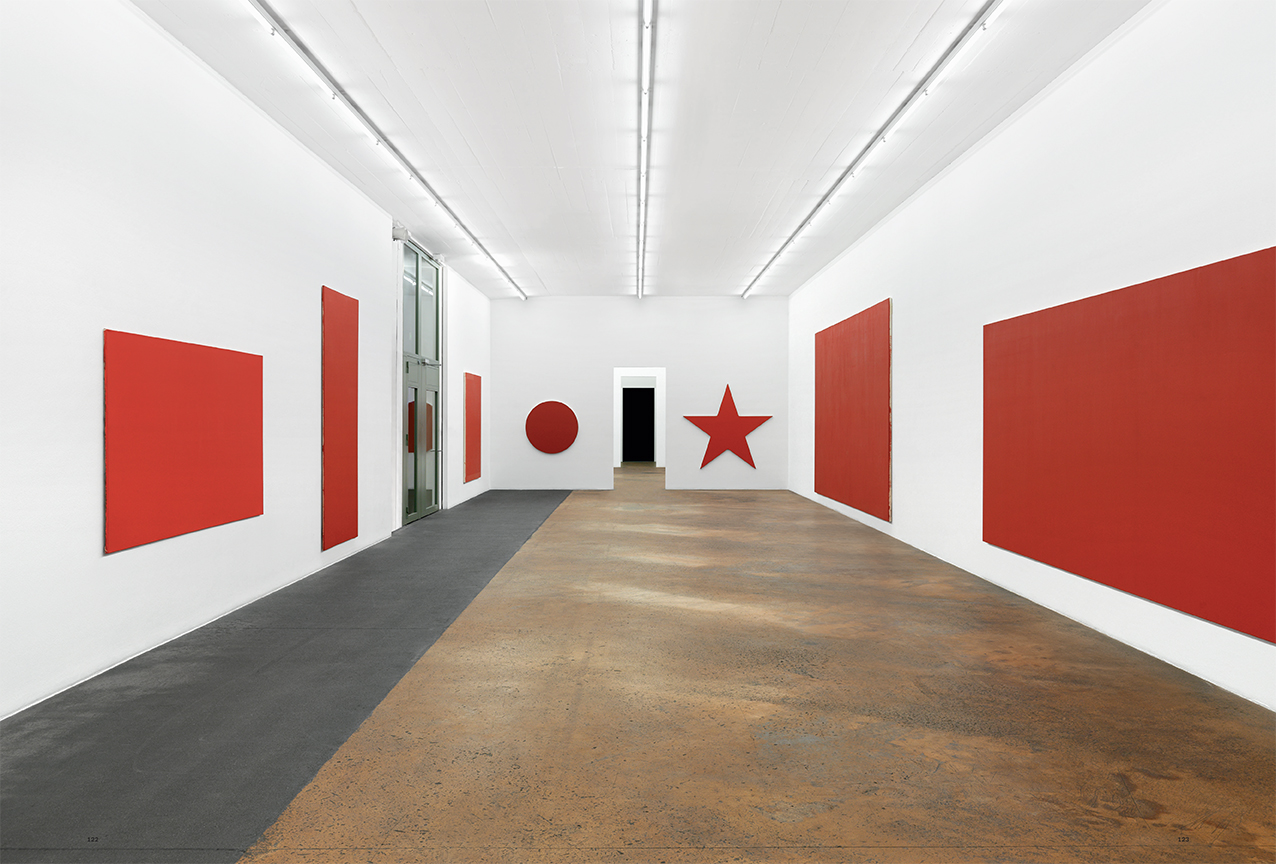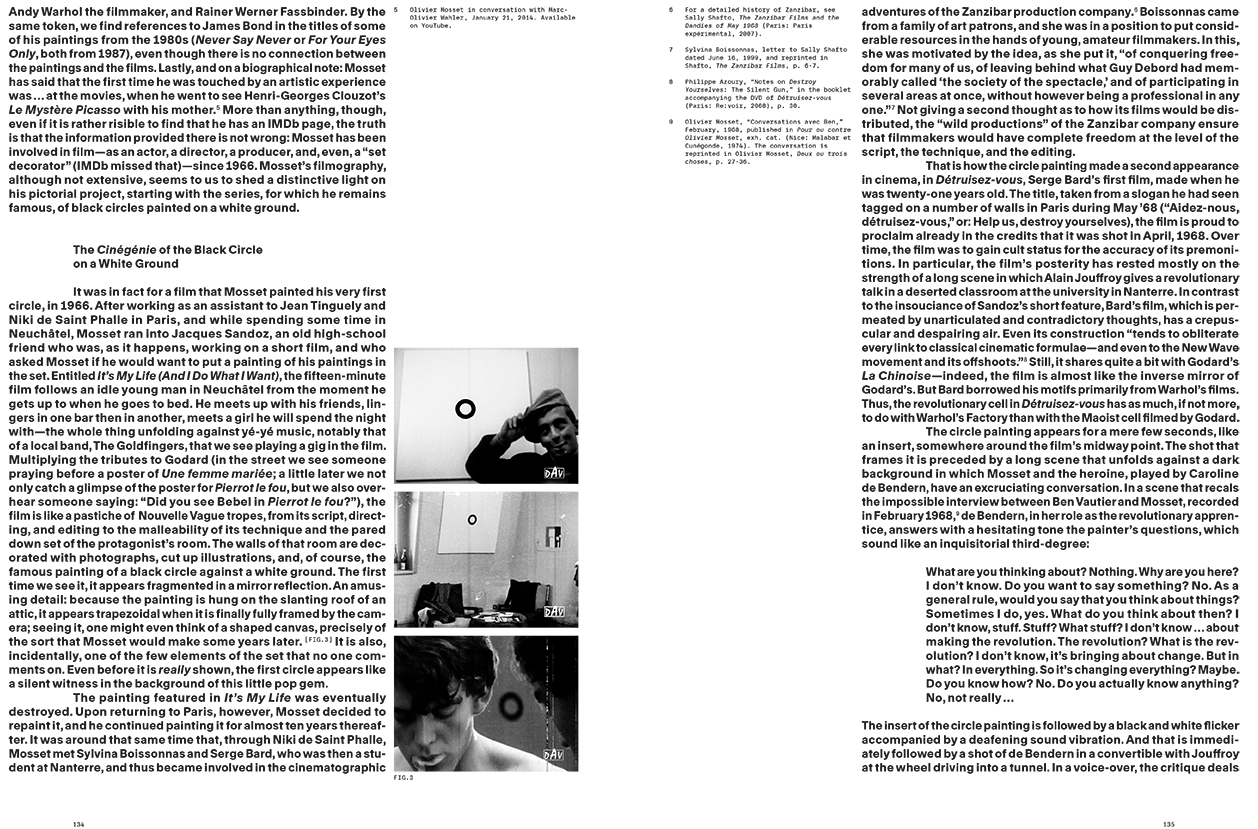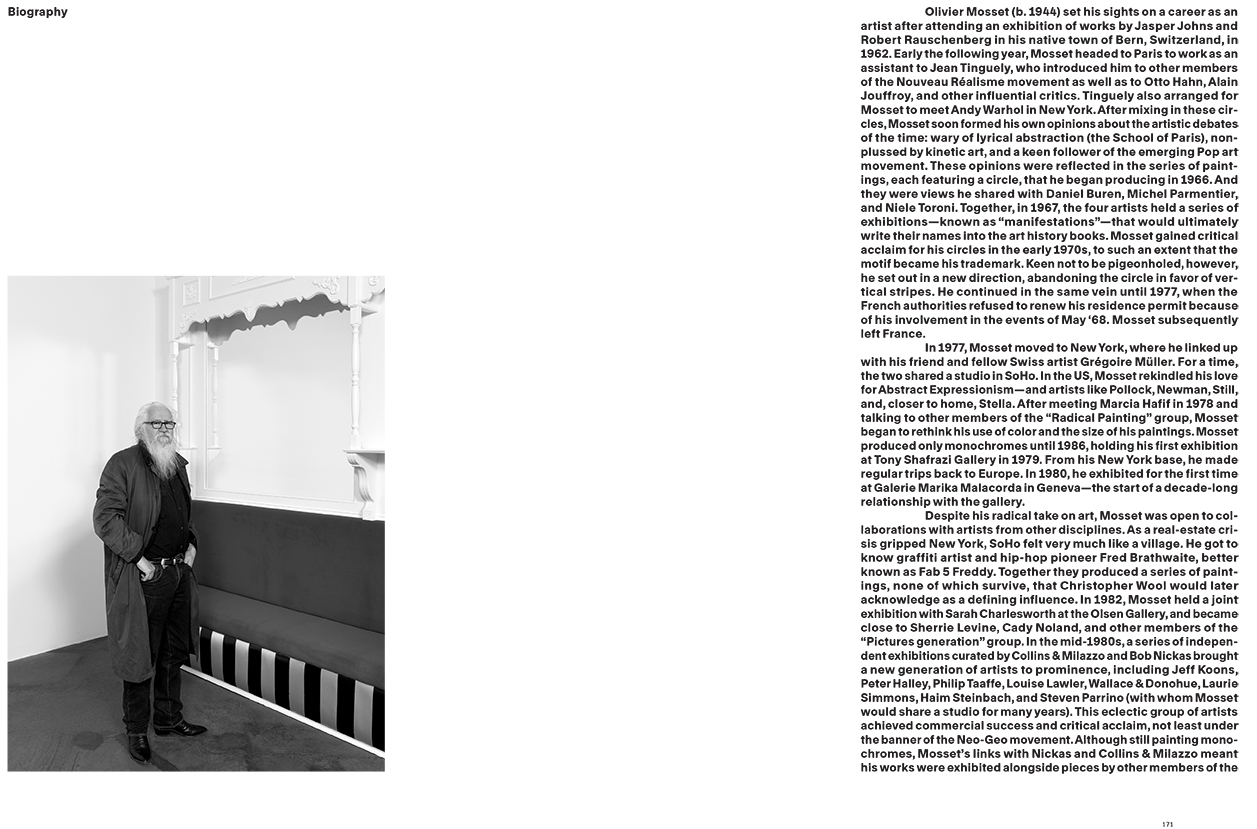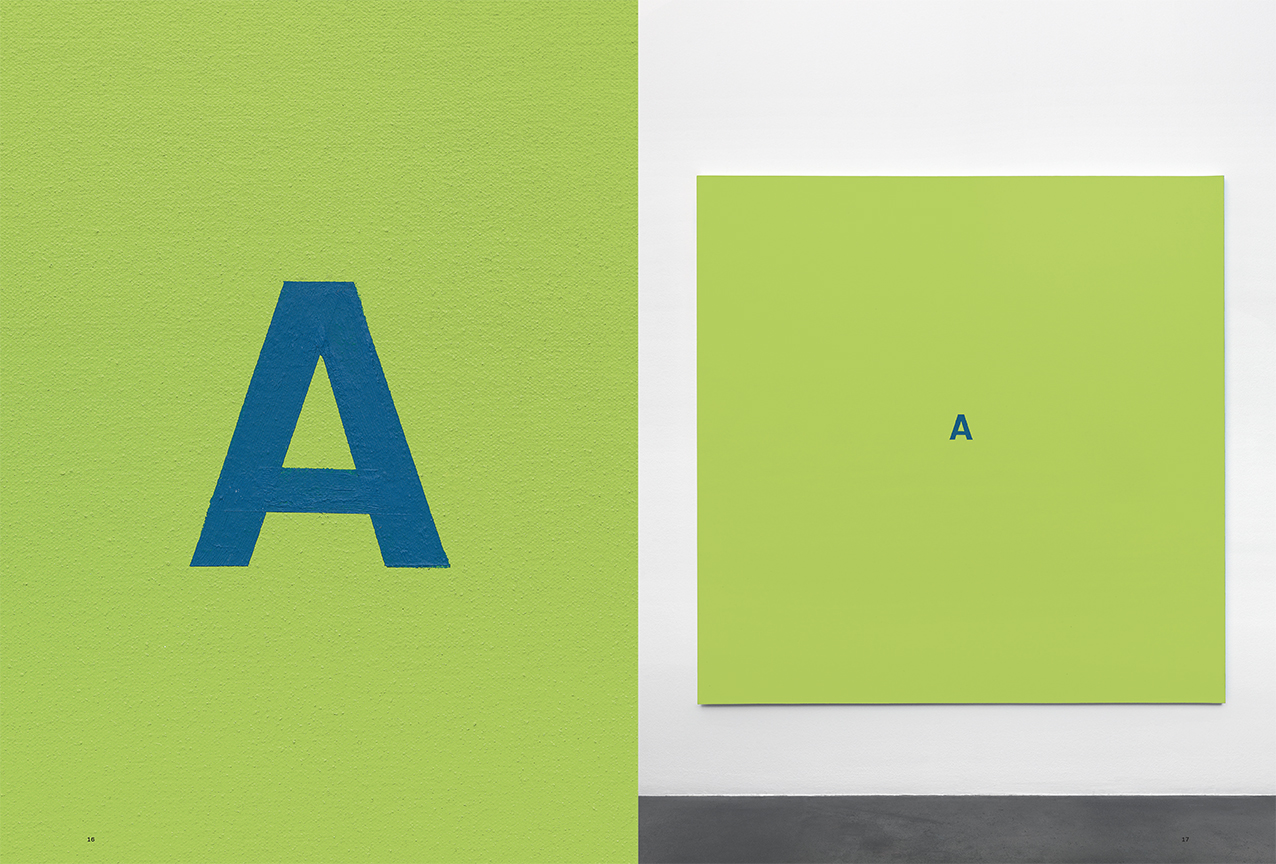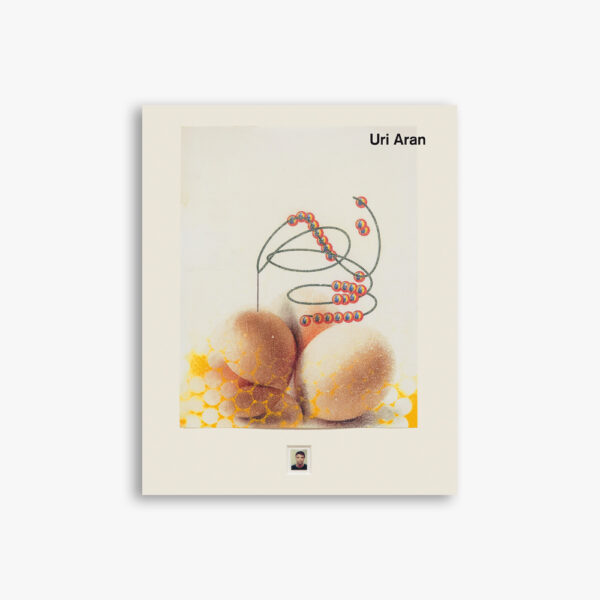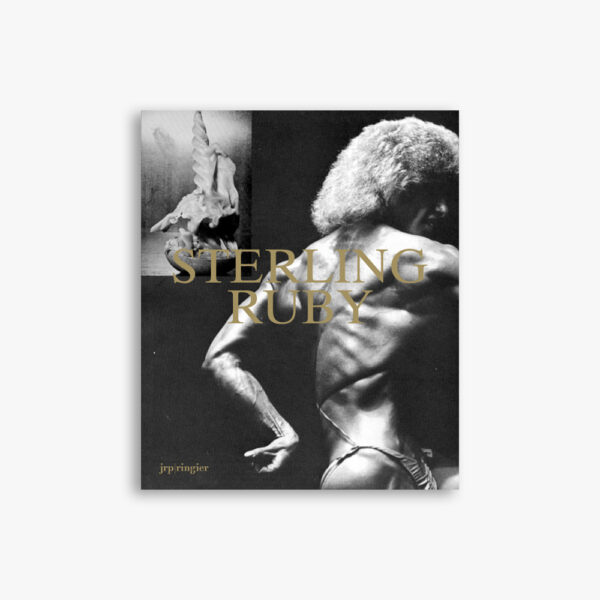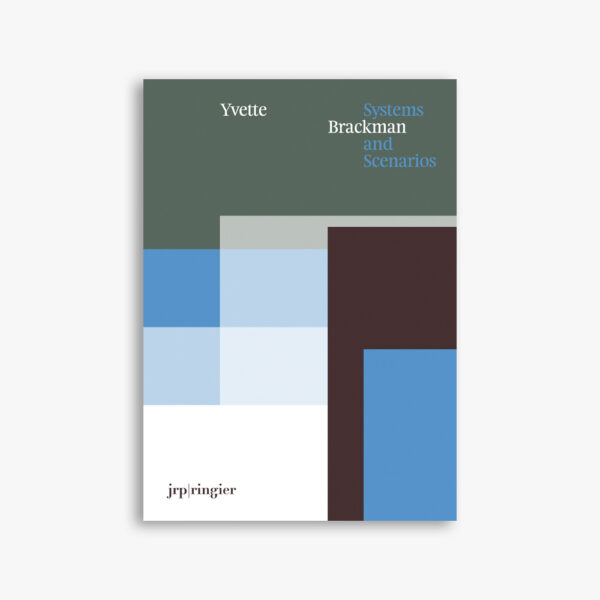| ISBN : | 978-3-03764-561-1 |
|---|---|
| Publication : | February 2021 |
Olivier Mosset (b. 1944, Bern; lives in Tucson, Arizona, and Switzerland) is one of the central figures in postwar abstract painting, and a pivotal reference for generations of Swiss, European, and American painters. The acute historical awareness of Mosset’s practice is characterized by his continual questioning of the medium of painting itself and the means by which it resists the repeated assaults of “spectacle” and reification.
Published on the occasion of the artist’s retrospective at MAMCO Geneva, this publication offers an extensive overview of his six-decade transatlantic painting practice: from his first experiments in Paris in the 1960s within the BMPT collective and his famous “Circle Paintings” to his shaped canvases from the 1980s and his recent monumental works, exploring “appropriation,” “radical painting,” and his interest in experimental cinema along the way. Designed by Gavillet & Cie, the book proposes a journey through the rooms of the exhibition and the successive steps of Mosset’s art, thanks to generous documentation and the life-size reproduction of the paintings’ details. The book’s cover is silkscreened and reproduces a life-size detail of one of Mosset’s most iconic paintings.
Introduced and edited by MAMCO director Lionel Bovier, the book features three essays focusing on specific aspects of Mosset’s practice: MAMCO’s curator Paul Bernard on the artist’s filmmaking activities and how cinema constituted a visual model for Mosset; art historian Arnauld Pierre on his “Striped Paintings”; art critic Vincent Pécoil on his idiosyncratic vision of painting; and two essays by fellow painter Marcia Hafif—they met in 1978 in New York—which decipher why Mosset’s painting acted as a form of resistance to the figurative and decorative wave that swept the art scene in the late 1970s.
Published with MAMCO Geneva on the occasion of the retrospective exhibition Olivier Mosset, February 25–December 12, 2020.
